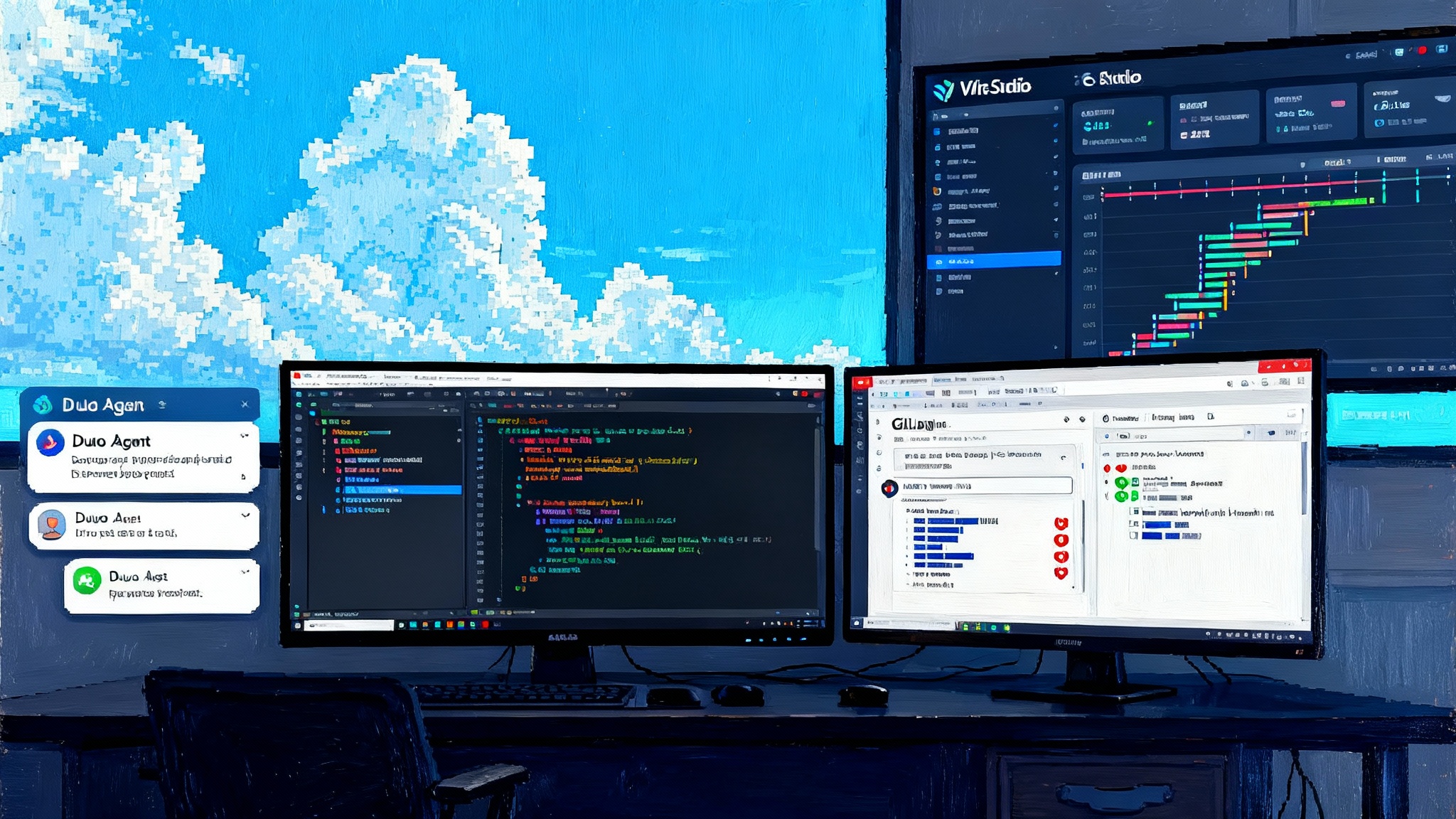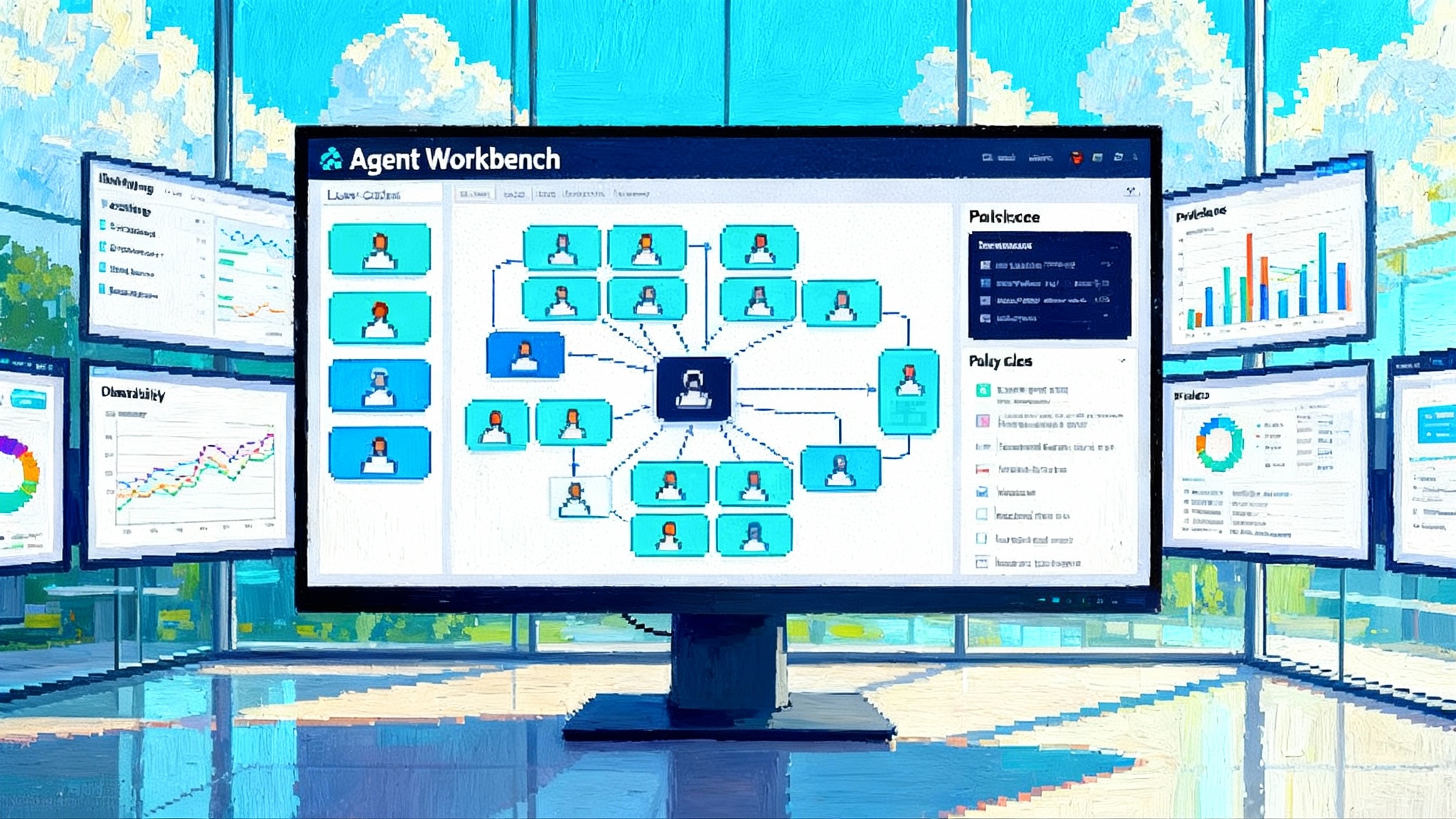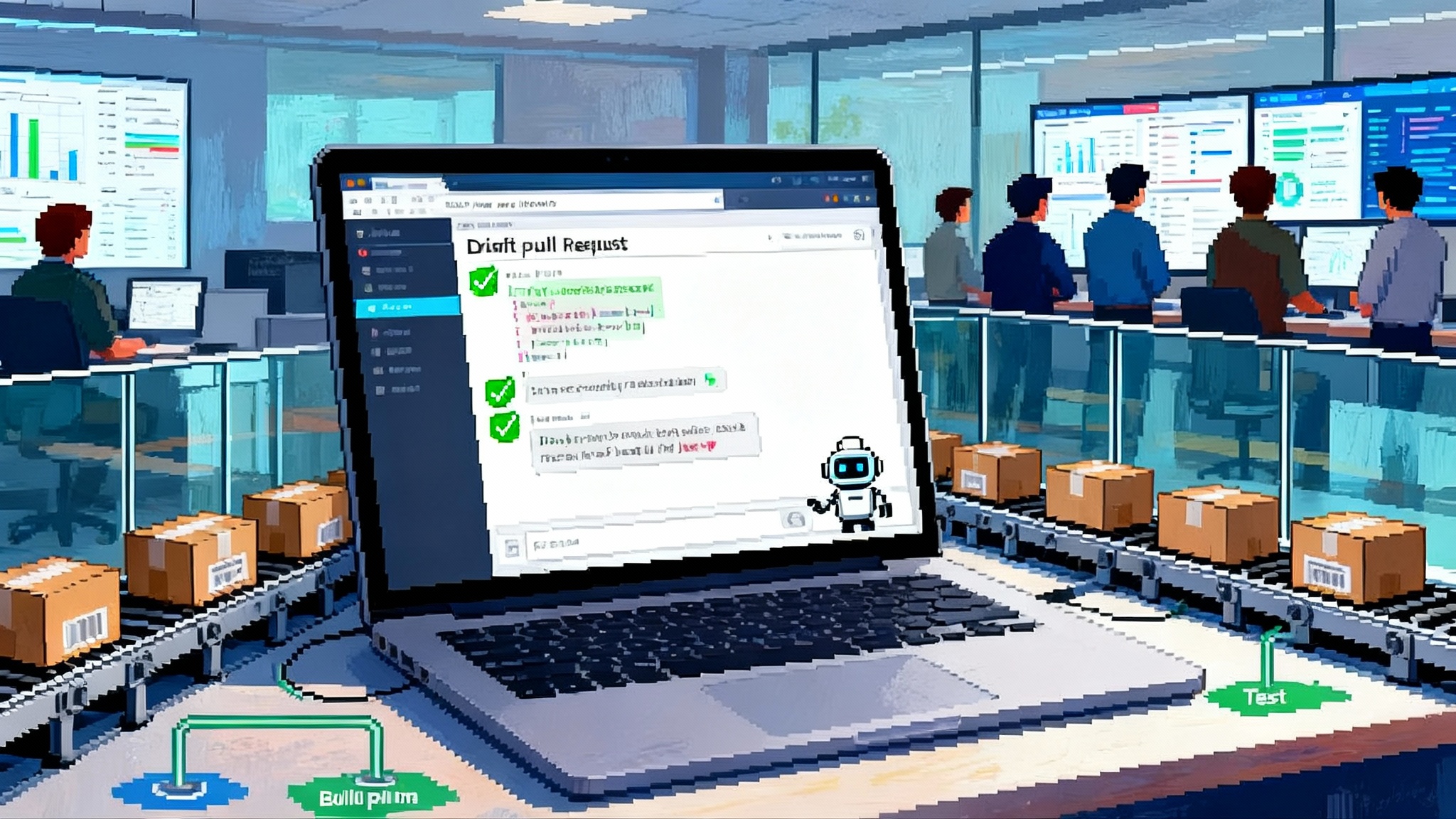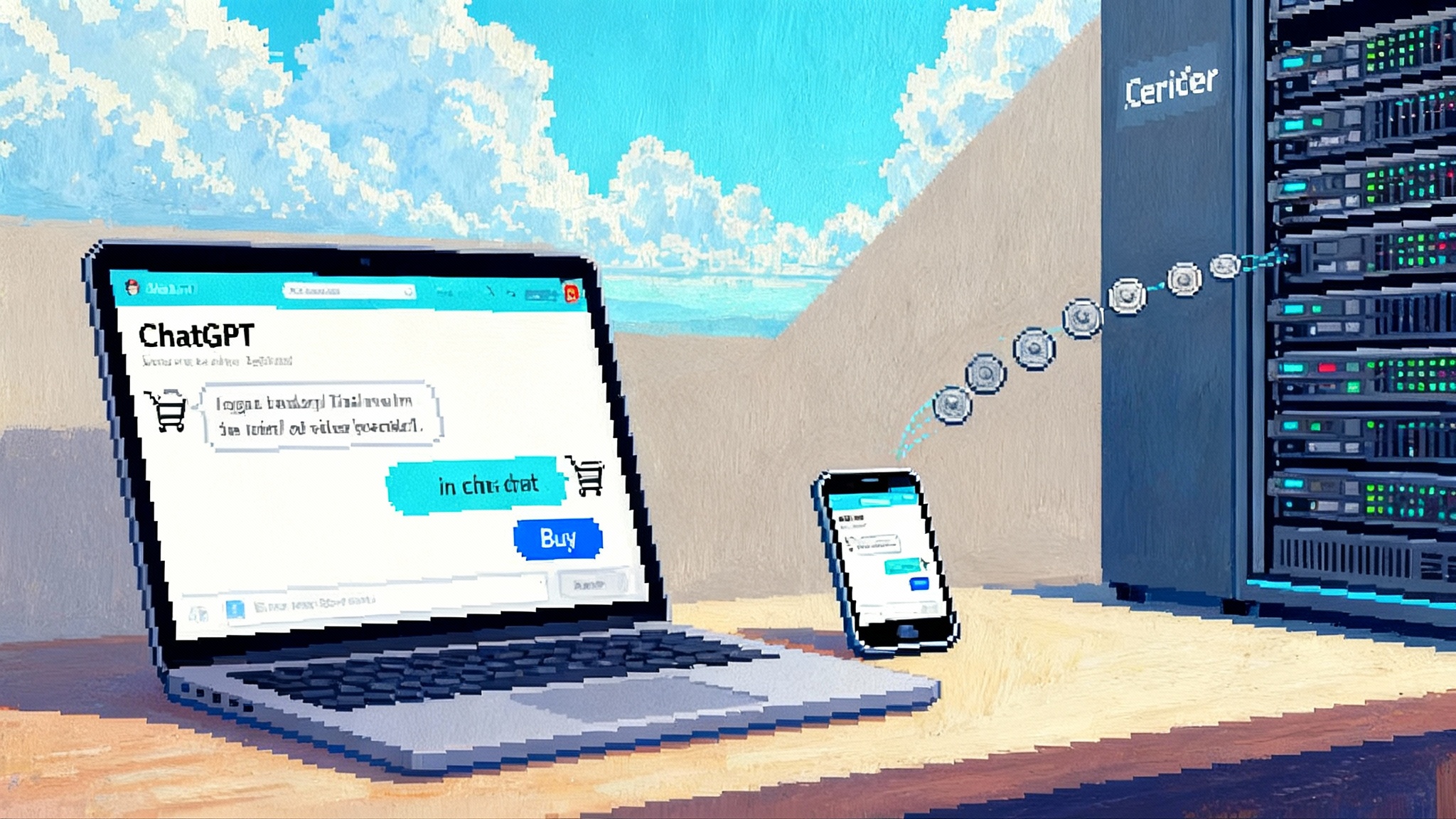Boomi brings MCP to Agentstudio, the USB-C for agents
Boomi’s September 2025 update brings Model Context Protocol to Agentstudio, turning existing connectors into safe, schema-based tools that agents can discover, trust, and govern. See what it unlocks now and how to adopt it with confidence.
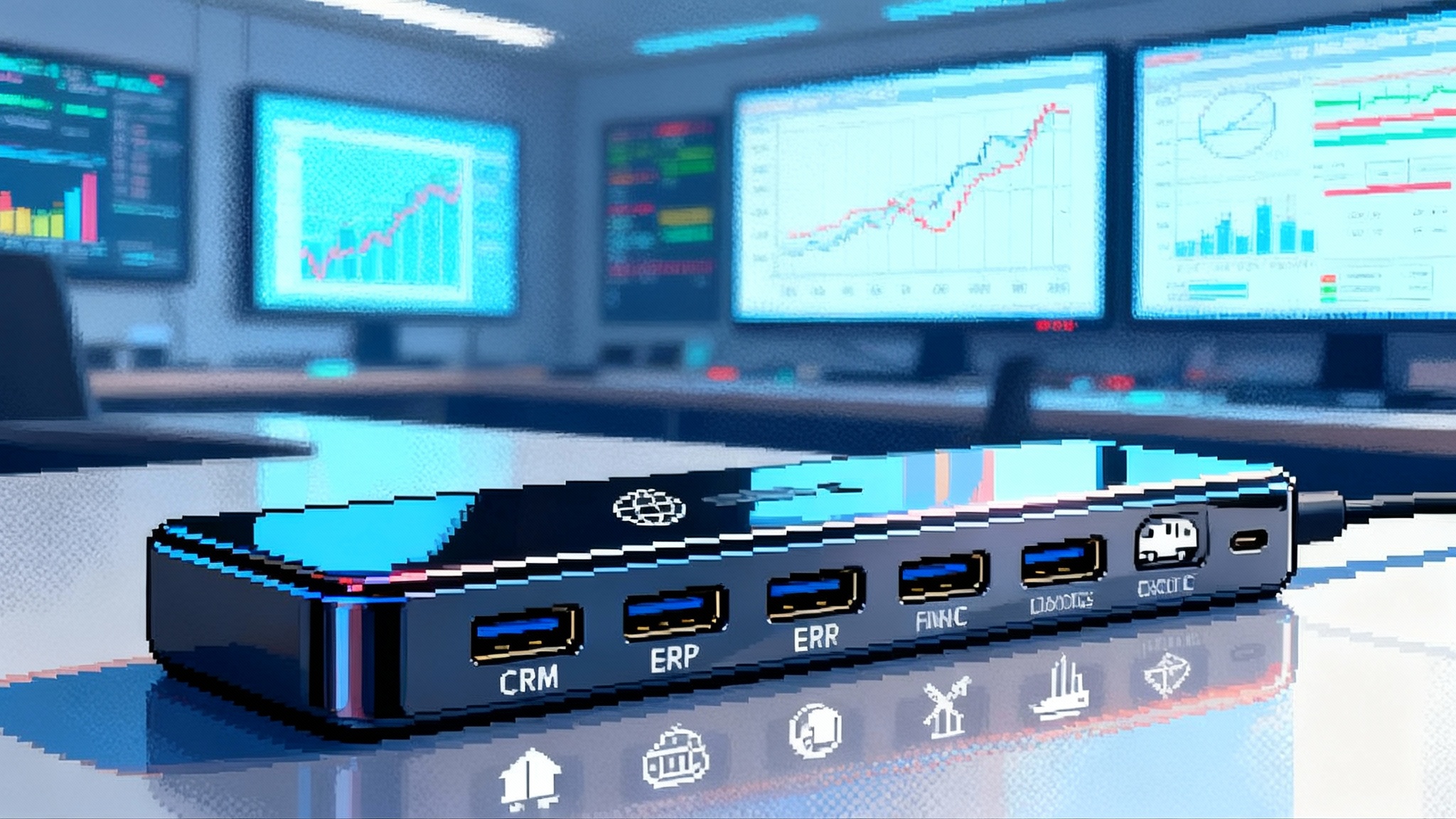
Breaking: Boomi just made enterprise APIs feel plug and play
Boomi’s September 2025 release adds support for the Model Context Protocol inside Agentstudio, the company’s toolkit for building and orchestrating agents across enterprise systems. That single shift moves teams from custom one-off plumbing to predictable, standardized tooling. If you lived through the early days of mobile accessories, the analogy will land. Model Context Protocol is shaping up to be the USB C of agent ecosystems. It gives agents a single, predictable way to discover tools, understand their inputs and outputs, and run them safely under enterprise governance.
This is not a small quality of life tweak. It is a compatibility layer that can trim projects from months to weeks and cut piles of glue code down to a handful of well described tool endpoints. With MCP inside Agentstudio, the connectors Boomi customers already rely on can be wrapped in a common shape and handed to any compliant agent runtime. That unlocks immediate wins and clears a path for more ambitious automations in finance, customer relationship management, and logistics.
To see how the wider market is marching in the same direction, compare this move with how OutSystems adds MCP and marketplace and how Amazon Bedrock AgentCore pushes runtimes toward production grade agents. If you want a view from the model side, the Model Context Protocol overview is a helpful primer.
What MCP is, in plain language
Model Context Protocol is a standard for how an agent finds, inspects, and calls external tools. In practical terms, it gives you three things that used to require custom development:
- Secure tool discovery. Agents can list available tools and request access with scopes that match what a human would get, instead of a blanket key to everything.
- Structured input and output contracts. Every tool declares its schema and constraints, so the agent knows exactly what to send and what to expect back.
- Control plane observability. Calls, latencies, failures, tokens, and data categories show up in one place for monitoring and governance.
If that sounds familiar, think of how USB C turned every accessory into something a laptop could recognize, power, and debug in a consistent way. MCP does the same for software tools an agent can use.
What Boomi’s update unlocks right now
Boomi’s strength has always been breadth of connectivity and enterprise readiness. By adding MCP to Agentstudio, those strengths become consumable by agents without custom adapters. Here is what changes on day one:
- A catalog the agent can actually use. Existing Boomi connectors and APIs can be presented as MCP tools with scopes, descriptions, and versioned schemas. An agent can ask what is available and receive a typed list.
- Safer authentication flows. Rather than shipping static secrets into prompts, tools can be granted time bound tokens mapped to users, service accounts, or roles. Access is auditable by team and by tool.
- Predictable contracts. If your Accounts Payable tool expects an invoice_id as a string and amount as a decimal, that is no longer tribal knowledge. It is a schema the agent must satisfy before a call goes out.
- Unified control plane. Operations teams can see which tools are called by which agents, at what rate, with what outcomes, and stop or throttle behavior when real systems get busy.
Imagine closing a month end books workflow. Today you might stitch together connectors for enterprise resource planning, procurement, and banking. With MCP, the agent gets a browsable tool set: list_invoices, fetch_vendor_terms, post_journal_entry. Inputs and outputs are validated before calls run, and your finance lead can watch the flow with redaction applied to sensitive fields in logs.
How the pieces fit together
Secure tool discovery
Tool discovery is where many agent pilots stumble. Someone pastes an API key into a notebook, the agent calls a sandbox endpoint, and everyone promises to fix auth later. MCP formalizes this. Tools register with names, descriptions, scopes, and version metadata. Agents request access with a stated purpose and receive the minimum scopes needed. The result is least privilege by default, not by memo.
On the enterprise side, this aligns with how security teams already think. You can map tools to roles, set expiration on credentials, and block sensitive methods in non production contexts. Because access runs through the control plane, security teams can revoke a tool without redeploying the agent.
Structured input and output
Schemas make or break agent reliability. An agent that does not know the difference between an integer and a currency amount can hallucinate itself into a production incident. With MCP, every tool declares a schema up front, and the runtime validates payloads before a call. That reduces retries, helps with rate limits, and gives you deterministic failure modes.
Here is a simplified example of what an MCP tool might look like when wrapping a purchase order fetcher:
{
"tool": "fetch_purchase_order",
"version": "1.2.0",
"description": "Return purchase order details by PO number",
"input_schema": {
"type": "object",
"properties": {
"po_number": {"type": "string", "pattern": "^PO-[0-9]{6}$"}
},
"required": ["po_number"],
"additionalProperties": false
},
"output_schema": {
"type": "object",
"properties": {
"po_number": {"type": "string"},
"status": {"type": "string", "enum": ["open", "closed", "partial"]},
"currency": {"type": "string"},
"total": {"type": "number"},
"vendor_id": {"type": "string"}
},
"required": ["po_number", "status", "total"],
"additionalProperties": false
}
}
The agent becomes less creative and more correct.
Control plane observability
Agent operations need both a data plane and a control plane. The data plane runs calls. The control plane watches them and enforces policy. With MCP in Agentstudio, every tool call can emit metrics and traces tagged by agent, user, environment, and data class. That enables practical guardrails: throttle tool families when a partner endpoint is rate limiting, cut off a misbehaving session, or require human approval for high risk scopes like money movement.
The control plane also enables cost and latency management. Because calls are standardized, you can measure tokens consumed per task, round trips per tool family, and time to first decision. That is how teams choose between a fast small model with more tool calls or a larger model with fewer. For a view of how other platforms handle similar concerns, see the recent Vertex AI Agent Engine update.
Quick wins you can ship this quarter
You do not need a moonshot to justify MCP. Here are practical projects that become easier now that Agentstudio exposes tools in a standard shape.
Finance: close the books faster
- Variance investigator. Wrap your general ledger, billing system, and banking feeds as MCP tools. Let an agent pull trial balance variances above a threshold, fetch source transactions, and draft adjustment entries with references. Require human approval for postings over a limit.
- Cash application assistant. Provide tools for open receivables, bank statement lines, and customer remittance images. The agent proposes matches with confidence scores and leaves edge cases to analysts.
- Treasury sweeps. Expose balance_by_account and initiate_transfer under strict scopes. The agent recommends end of day sweeps to reduce idle cash, and operations approves in a single click.
Customer relationship management: sell what is real
- Opportunity hygiene. Wrap find_duplicates, enrich_account, and update_next_steps. The agent flags stale deals, proposes outreach based on recent activity, and drafts next steps that managers can accept.
- Meeting to pipeline. Give the agent access to transcript_summary, create_contact, and create_opportunity with a safe template. It turns notes into structured records, links to the right account, and requests approval before any stage change.
- Customer support with entitlements. Provide tools for knowledge_base_search, entitlement_check, and create_case. The agent answers only within entitlements and opens a case with a minimal reproducible summary when it cannot resolve.
Logistics: fix the exceptions, not every package
- Exception router. Wrap shipment_status, carrier_delay_reason, and create_reroute. The agent watches for late deliveries, checks inventory at alternate nodes, and proposes reroutes within cost thresholds.
- Predictive receiving. Tools for inbound_manifest, dock_availability, and labor_roster help the agent suggest dock assignments and alert labor planners when a surge is coming.
- Returns triage. Expose return_reason_classifier, restock_instruction, and refund_approval. The agent classifies returns, selects restock or refurbish paths, and requests refund approval above a set amount.
These are not science projects. Each can start as a read only pilot and progress to write actions behind a human approval tool.
Implementation blueprint: wrapping enterprise APIs with MCP
Follow this path to turn your existing integrations into MCP tools inside Agentstudio.
-
Pick a narrow slice. Choose a workflow that is frequent, structured, and annoyingly manual. List the three to five actions an expert takes to complete it.
-
Map each action to a tool. For each action, define a tool name, a crisp description, the minimum set of inputs, and the exact outputs you need downstream. Keep fields few and strongly typed.
-
Decide scopes and roles. Create scopes that mirror real job responsibilities. For example, read_invoices, create_cases, post_journal_entry_approval. Avoid kitchen sink scopes.
-
Handle authentication. Use short lived tokens tied to users or service accounts. Store secrets in a managed vault. Never paste keys into prompts.
-
Add validation at the edge. Enforce schema and business rules before you call downstream systems. Validate currency codes, enforce idempotency keys, and cap batch sizes.
-
Instrument everything. Emit metrics for tool calls, errors, and latencies. Tag by agent, user, environment, and data class. Decide what fields are safe to log and redact the rest.
-
Build a human in the loop tool. Create a simple approve_action tool for any write path with risk. Record who approved, when, and why.
-
Test with synthetic data. Feed the agent realistic but safe payloads. Test nulls, odd currency formats, and time zone boundaries. Break it in the lab so users cannot break it in production.
-
Version and publish. Use semantic versioning for tools. When you change a schema, publish a new minor or major version and mark the old one as deprecated.
-
Roll out gradually. Start with read only. Move to low risk writes. Then scale to higher risk actions with clear controls and alerting.
Buyer’s checklist for MCP native agent runtimes
As platforms race to ship MCP support, use this checklist to separate marketing from muscle. Bring it to evaluations and renewals.
- Protocol depth. Does the runtime implement secure discovery, schema validation, streaming tool calls, and rich error handling, or only the happy path?
- Auth choices. Can it handle user based access, service accounts, and delegated approval without manual token swaps? Does it support token lifetimes and revocation at the control plane?
- Policy engine. Can you enforce who can call which tool under what conditions, with time of day and environment rules? Can you require human approval for specific scopes or thresholds?
- Secrets management. Does the platform integrate with your vault and keep secrets out of prompts and logs?
- Tenancy controls. Can you isolate tools and logs by tenant, team, and environment? Are production tools invisible to development agents unless explicitly allowed?
- Observability. Do you get traces with tool, agent, user, and data tags? Are latency, success rate, and token usage visible per tool and per agent session?
- Cost controls. Can you set per agent and per project budgets, block long running loops, and cap retries on failing tools?
- Safety and governance. Can you redact or hash sensitive fields and produce audit trails that map actions back to people and approvals?
- Rate limits and resilience. Does it provide backoff, circuit breakers, and bulkhead isolation so one chattery agent does not starve others?
- Schema evolution. How are tool versions managed? Can you run blue green tool versions and roll back when a schema change confuses downstream logic?
- Locality and residency. Can you route tool calls and logs to the right region to satisfy data residency commitments?
- Developer experience. Is there a first class test harness, a schema linter, and a mock tool server so teams can iterate without hitting production systems?
Ask vendors to demonstrate these in a live session. The gap between a spec on a slide and a system under load is large.
What could go wrong, and how to prevent it
- Tool sprawl. Without curation, you will accumulate tools that do the same thing. Fix this with a catalog owner, naming conventions, and a quarterly archive cycle.
- Silent failures. An agent that swallows error messages can loop forever. Require structured errors and display them in the control plane with alerts on threshold breaches.
- Over broad privileges. Scopes that bundle read and write lead to surprise changes. Split scopes, set default to read only, and tie writes to approve_action.
- Prompt centered logic. If business rules live only in prompts, you will forget them. Move rules into schemas and validators that run before the tool call.
- Unbounded costs. Without budgets, an agent can rack up tokens with retries. Set per session budgets, cap retries, and fail fast when schemas are violated.
How we will know MCP became the USB C of agents
Two things will be obvious. First, the install time for a new tool will fall to minutes. A developer publishes a tool, it appears in the catalog, and an agent uses it without bespoke glue. Second, migration will get painless. If an agent runtime cannot keep up, you can switch to another that implements MCP fully, and your tool catalog follows with little friction. That is the same freedom USB C brought to hardware buyers.
We will also see less hero work. Instead of senior engineers debugging a one off connector at two in the morning, operations teams will use the control plane to block a misbehaving tool or roll back to a previous schema. Finance will ask for an approval rule change, not a new integration. Security will grant a scope and know it sticks.
For a broader sense of how agent platforms are converging on production grade patterns, revisit how OutSystems adds MCP and marketplace and how Amazon Bedrock AgentCore set the same expectations on governance and control planes.
The bottom line
Boomi’s move to add Model Context Protocol to Agentstudio turns a wall of enterprise integrations into a shelf of well labeled tools that any compliant agent can pick up. It makes discovery consistent, contracts explicit, and operations observable. That is why the USB C metaphor fits. A single port that just works does not remove complexity. It hides complexity behind a dependable standard so creators can focus on what they want to build.
If you are piloting agents in 2025, start small and standard. Wrap a painful process in MCP, publish tools with tight scopes, and run it under a strong control plane. Measure time to first result, cost per task, and error rates. Then scale with confidence. The platforms that thrive will be the ones that make this path obvious and safe. With this release, Boomi just made that path shorter.
